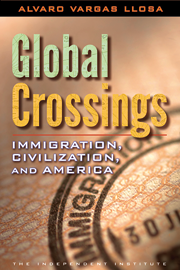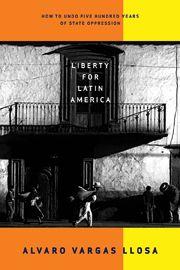WASHINGTON—Like so many people, I own gold and silver as a hedge against the “Latin Americanization” of the United States—money printing, deficits and debt. The talk about ending the world’s dollar dependency should be music to the ears of the millions of us who have sought refuge in precious metals. But we are in a trap from which there is no immediate escape. In the absence of a new gold standard, the alternatives to the dollar are even worse.
Let us remember how we got here. After World War II, nations such as Britain and France, partly because they were weakened and partly because they were in awe of the mighty United States, proclaimed the era of the dollar. With its large gold reserves, the U.S. was supposed to sustain what was left of the gold standard by shipping the metal to foreign central banks on demand at $35 an ounce (the funny price gives you an idea of the fate suffered by the greenback). In the 1970s, lacking the discipline to keep it running, President Richard Nixon abandoned the system. No complaints—the world was so confident in the dollar that oil was priced in that currency.
For a time, it all seemed convenient. Because of the guaranteed international demand for its dollars, the U.S. was able to cushion the impact of its deficits and inflationary policies—“quantitative easing,” as the British-originated euphemism goes—on its currency. But economic realities always catch up. Now, the erosion of the last few years is fast accelerating because the government, under both Republicans and Democrats, has doubled the money supply, incurred a $1.4 trillion fiscal deficit and taken the debt to more than $12 trillion. No wonder the dollar has lost more than 10.3 percent of its value in the last six months and foreign central banks, during the second quarter of this year, placed only 37 percent of new reserves in dollars.
The icing on the cake is that, despite the strong-dollar rhetoric, the U.S. government is obviously salivating at the prospect of its devalued currency boosting exports and liquefying its debt. In the long term, of course, the dollar’s demise does not help the U.S. one bit.
All this is to say that those calling for an international replacement of the dollar—from the governor of China’s central bank to Brazilian President Luiz Inacio Lula da Silva—are right. But what is the alternative?
The economies of Euroland are moribund and those governments are looking like subprime debtors. The European economy is expected to grow at half the rate of the U.S. economy in 2010. Germany, heavily dependent on exports, will continue to suffer. Italy’s public debt exceeds the size of its GDP. Spain, whose imbalances are such that people wonder if it will remain in Euroland, can hardly be expected to sustain a new dominant currency such as the euro.
Is the Japanese yen a better proposition? It’s doing better, but with debt running higher as a percentage of GDP than that of any other developed country and an economy that has been in the doldrums for much of two decades, Japan’s currency has dubious appeal. As for the Chinese yuan, one would have thought that before his melancholic call for a new international currency, central bank Gov. Zhou Xiaochuan would have had the delicacy to ensure that China’s own currency becomes fully convertible and its capital controls are eliminated—as an individual foreign investor, I can buy stock in Hong Kong, but not in Shanghai or Shenzhen.
Only the Australian and Canadian currencies inspire confidence today—but wait until their exporters start to complain. Meanwhile, the talk about the International Monetary Fund’s special drawing rights becoming a world currency is humorous. It is not even a currency, but a claim on dollars, euros, pounds or yen provided by countries that issue those currencies.
John Connally, Nixon’s secretary of the Treasury, put it best when he said to the world in 1971, “The dollar is our currency, but your problem.” Except that it has evolved into America’s problem too. In the meantime, we have no alternative, so keep buying gold and silver—more silver than gold because central banks, those consummate manipulators, own 20 percent of the world’s gold and therefore have the power to stem its rise in the short term.












